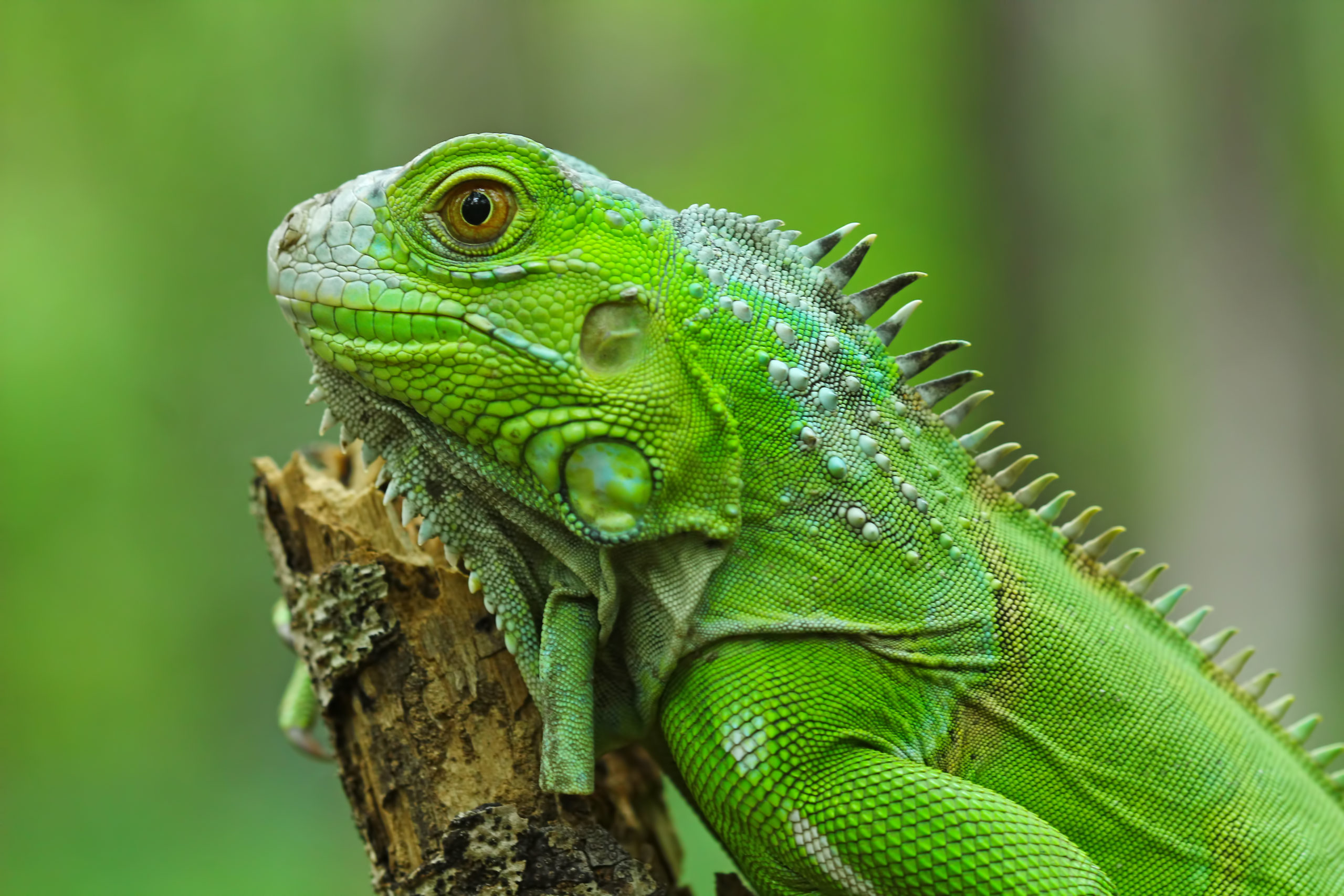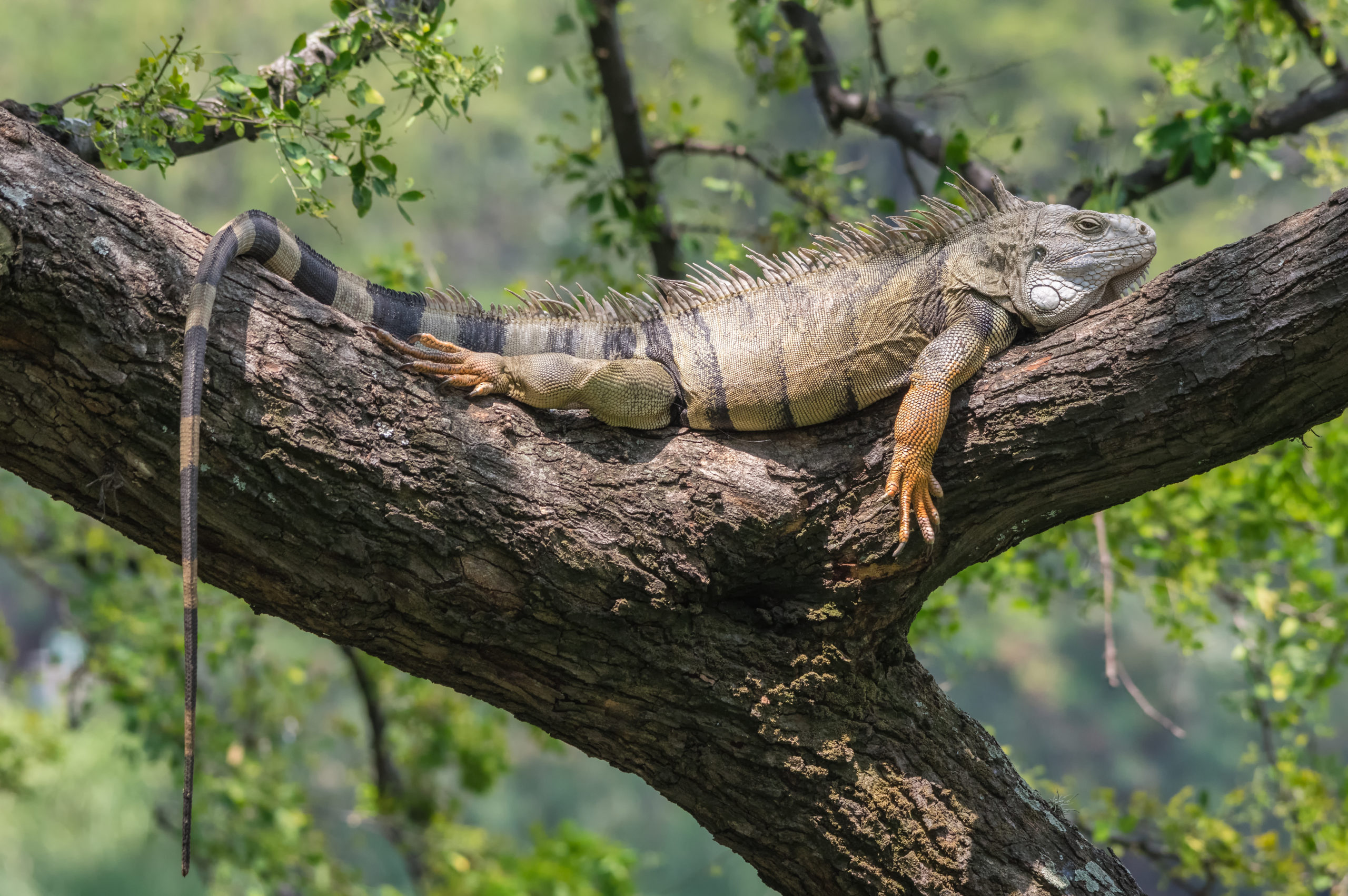NOLAN IP LAW HELPS SOUTH FLORIDA BUSINESS OBTAIN U.S. PATENT FOR CONTROLLING IGUANA INFESTATION


The U.S. Patent & Trademark Office has issued U.S. Patent No. 11,122,793 on September 21, 2021 to Thomas Portuallo and Blue Iguana Pest Control, Inc. for "Systems and Methods of Controlling Iguana Infestation."
The background section of the ’793 Patent explains why iguanas have become such a problem for residents and businesses in South Florida (particularly, those in Palm Beach, Broward, Miami-Dade, and Monroe Counties):
Iguanas are herbivorous lizards with exceptional vision native to tropical areas of Mexico, Central America, and the Caribbean. They range in size between five (5) and six (6) feet long. Most people are familiar with the common green iguana. These pests are non-native to North America and the infestation of iguanas in the United States have caused havoc for residents and native species.
South and Central Florida's subtropical climate allows these large herbivorous (plant-eating) lizards to survive, reproduce, and become part of the Florida environment. Three large members of the iguana family (Iguanidae) have become established in south Florida.
Adult iguanas are herbivores feeding on foliage, flowers, and fruit. They will occasionally eat animal material such as insects, lizards, and other small animals, nestling birds and eggs. Juveniles eat more animal material, especially insects, and hatchling green iguanas eat the droppings of adult iguanas to acquire the gut bacteria that help them digest plant material. Males are territorial against other males, but are not territorial against females and juveniles. These large lizards like to bask in open areas, sidewalks, docks, seawalls, landscape timbers, or open mowed areas. If frightened, they dive into water (green iguanas and basilisks) or retreat into their burrows (spiny tailed iguanas). This habit of diving into the water to escape makes green iguanas very difficult to capture. Basilisks and anoles generally eat insects and small vertebrate prey, but Knight anoles occasionally eat small fruits and flowers as well.
Damage caused by iguanas includes eating valuable landscape plants, shrubs, and trees, eating orchids and many other flowers, eating dooryard fruit like berries, figs, mangos, tomatoes, bananas, lychees, etc. Iguanas do not eat citrus. Burrows that they dig undermine sidewalks, seawalls, and foundations. Burrows of iguanas next to seawalls allow erosion and eventual collapse of those seawalls. Droppings of iguanas litter areas where they bask. This is unsightly, causes odor complaints, and is a possible source of salmonella bacteria, a common cause of food poisoning. Adult iguanas are large powerful animals that can bite, cause severe scratch wounds with their extremely sharp claws, and deliver a painful slap with their powerful tail. Iguanas normally avoid people but will defend themselves against pets and people that try to catch them or corner them.
Additionally, they defecate in common public areas such as pools, parks, playgrounds, and docks, causing health risks as their feces carry salmonella. Moreover, the burrows they dig (up to 9 feet) undermine sidewalks, seawalls, and foundations causing structural damage. As vegetarians, the four-footed reptiles eat their way through landscaping. They sunbathe during the day and cozy up in treetops by night. They can lay as many as three dozen eggs in a single burrow. Although iguanas are docile, there are many reported incidents where they have harmed pets and individuals. As with any species, they are territorial, the more dominant males will push the less dominant males to surrounding areas, which leads to infestation.
If you simply remove an iguana from a facility, another will come to take its place. Instead, an effective solution is to create an environment so the iguana decides against nesting on your property. Hence, there is a long pending need to have a system and method of controlling iguanas.
The ’793 Patent claims a method for protecting an area of real property from an iguana. The method, being harmless to people and pets, can include the installation of a wall barrier, sea barrier, ground barrier, and climbing (tree, piling) barrier.
For more information about controlling iguana infestation, please visit the Iguana Control website.


Contact an Experienced IP Lawyer
If you have an invention that you want to protect with a utility patent or have any questions about the patent process generally, then schedule a free consultation with Nolan IP Law today!
Please visit the Attorney Profile page for information on our attorney’s experience.